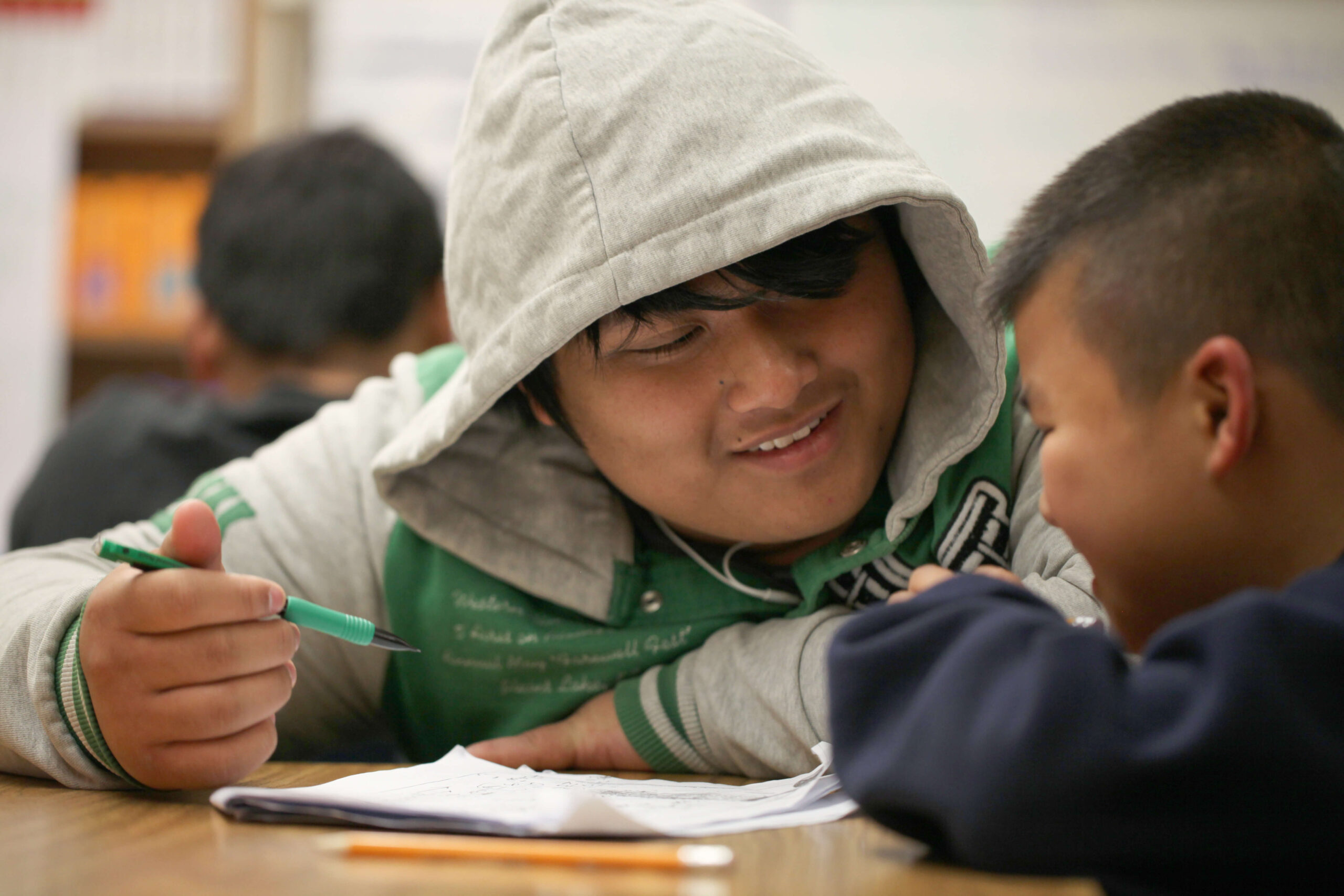Author: Andrew Mulinge
In a society where boys of color are stigmatized in every aspect of their lives by officials holding public office, in law enforcement and others, you’d think that the institutions charged with protecting and supporting their intellectual growth would be better at withstanding the forces of stigmatization. But our schools are no exception, as evidenced by alarming statistics showing disproportionate suspension and expulsion rates for Black and Brown boys and assigning them to remedial classes and special education classification. These practices feed the false narrative that boys of color are inherently more dangerous or incapable of performing well academically.
I’ve worked with young men of color both inside and outside of schools for several years and in each of my roles I’ve learned from schools that are proactively working to combat this stigmatization by equipping young men of color to create brighter futures for themselves. Here are three specific and tangible actions schools can take this school year to create better futures for boys and young men of color.
Partner with non-profits that teach new skills.
I work for a non-profit called Code Nation, which helps to bridge the diversity in the tech industry by teaching coding skills to students from under-resourced high schools. The lack of diversity in the tech industry suggests that those careers are inaccessible to Black, Native and Latinx boys and girls. At Code Nation, over 80% of our students identify as Black or Latinx and as of 2018, 73% of our alumni are now in pursuit of tech careers. Teaching kids tech skills and financial literacy, or showcasing the power of the arts, are just a few ways nonprofits have been helpful in supporting the full development of boys and young men of color.
Adopt restorative justice policies.
Restorative justice policies empower students to solve problems through a healing and reformative approach. Schools that do this well tell young boys of color that they are capable of resolving conflicts among themselves, and in doing so create spaces where they can begin to heal from the assaults on their character and bodies. After all, the higher suspension and expulsion rates associated with traditional discipline models often directly lead to higher arrest rates in adulthood. Restorative justice models directly combat this by not punishing students for bad behavior but rather addressing root causes and giving students the tools to solve their own problems.
Create inclusive environments for teachers of color
With 80% of all teachers (K-12) identifying as white female, it’s no secret that the teaching workforce could benefit from a more diverse pool. But this recommendation isn’t about simply hiring more teachers of color—it’s about creating environments that retain teachers of color. As a Black teacher myself, I want to work in a school that underscores cultural competency among its teachers, staff and students. I want to be in a school that has a soul and is committed to framing positive narratives for students. Schools committed to this not only attract talented and dedicated teachers of all backgrounds, they also are likely to retain them.
Racial stigma and marginalization of boys of color is unfortunately a part of our country’s cultural landscape. However, schools can serve as change agents by taking necessary and intentional steps to counteract these narratives.
